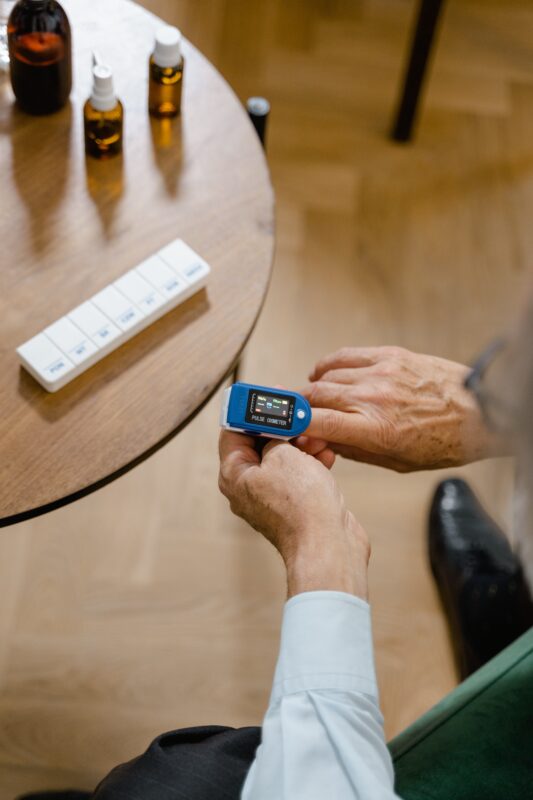Uncategorized
Understanding blood oxygen: what you need to know

Blood oxygen is a vital component of the body’s respiratory system. It refers to the amount of oxygen that is present in the blood, and it is measured by a simple test called the pulse oximeter. A normal blood oxygen level ranges from 95 to 100%, while anything below 90% is considered low and requires medical attention. In this article, we will explore what blood oxygen is, why it’s essential, and what factors affect its levels.
What is blood oxygen,
Blood oxygen refers to the amount of oxygen that is carried by red blood cells throughout the body. The oxygen is obtained from the air that we breathe in through our lungs and then transported through the bloodstream to our cells, where it is used to produce energy. Oxygen is vital for our body’s functions, and without it, our cells can’t survive.
Why is blood oxygen important,
Blood oxygen is essential for our body to function properly. When our body’s oxygen levels drop, we can experience symptoms such as shortness of breath, dizziness, confusion, and even loss of consciousness. Low blood oxygen levels can be caused by a range of conditions, such as lung diseases, heart problems, and sleep apnea.
What factors affect blood oxygen levels,
Several factors can affect blood oxygen levels, including:
- Lung function: Lung diseases such as chronic obstructive pulmonary disease (COPD), asthma, and pneumonia can reduce lung function and cause low blood oxygen levels.
- Heart function: Heart diseases such as heart failure and coronary artery disease can reduce the amount of oxygen that the heart pumps to the body.
- Altitude: At higher altitudes, the air pressure is lower, which means there is less oxygen in the air. This can cause low blood oxygen levels.
- Sleep apnea: Sleep apnea is a condition in which breathing stops and starts repeatedly during sleep. This can cause low blood oxygen levels.
- Anemia: Anemia is a condition in which the body does not produce enough red blood cells, which can result in low blood oxygen levels.
How is Blood Oxygen Measured,
Blood oxygen levels can be measured using a device called a SmartHeart Fingertip Pulse Oximeter for Blood Oxygen Saturation .This small device attaches to your finger and measures the amount of oxygen that is present in your blood. The pulse oximeter works by shining a light through your finger and detecting the amount of oxygen that is absorbed by the blood.
In conclusion, understanding blood oxygen is essential for maintaining good health. Blood oxygen levels can be affected by a range of factors, and it’s essential to monitor them regularly to ensure that they are within the normal range. If you experience symptoms such as shortness of breath or dizziness, it’s important to seek medical attention immediately as they could be a sign of low blood oxygen levels.


